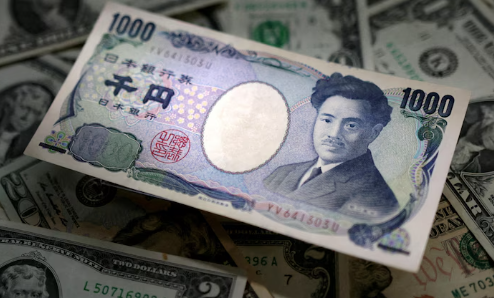What is the ‘yen carry trade’?
Global equity markets experienced a severe downturn starting on Aug 05, causing significant declines in major markets from Tokyo to London. Japan’s Nikkei had its largest single-day drop since 1987, indicating a major systemic issue.
What Happened on August 05, 2024?
On August 05, 2024, markets took a sharp dive. The Nikkei index dropped by 12.40% and the Topix index by 12.48%, leading to trading halts. European and Indian markets also fell, with India’s Sensex losing over 2,200 points, wiping out around ₹15 trillion in wealth.
What Caused the Meltdown?
The main reason for this market collapse was the unwinding of the yen carry trade. This trading strategy involves borrowing money in Japan, where interest rates are low, and investing it in other countries with higher returns. As Japan started raising interest rates, this trade became less profitable.
Why is the Yen Carry Trade Unraveling Now?
The Bank of Japan increased interest rates to 0.25% and announced plans to reduce its bond-buying program, strengthening the yen against the US dollar. This change made the yen carry trade less attractive, causing investors to sell off their positions quickly.
Are There Other Contributing Factors?
Other factors adding to the market instability included fears of a potential US recession, marked by rising unemployment to 4.3%, and geopolitical tensions, particularly concerns about a possible conflict involving Iran.
About yen carry trade
The yen carry trade involves borrowing the Japanese yen at low interest rates to invest in assets that offer higher returns. It became popular after the 1990s due to Japan’s slow economic growth. Traders make money by taking advantage of currency fluctuations. However, this strategy is risky, especially during times of market volatility, as changes in currency value can lead to significant losses. The Bank of Japan’s monetary policies greatly affect the success of the yen carry trade. It works best when global investors are willing to take risks, often leading to large capital flows into emerging markets.
Month: Current Affairs - August, 2024
Category: Economy & Banking Current Affairs








